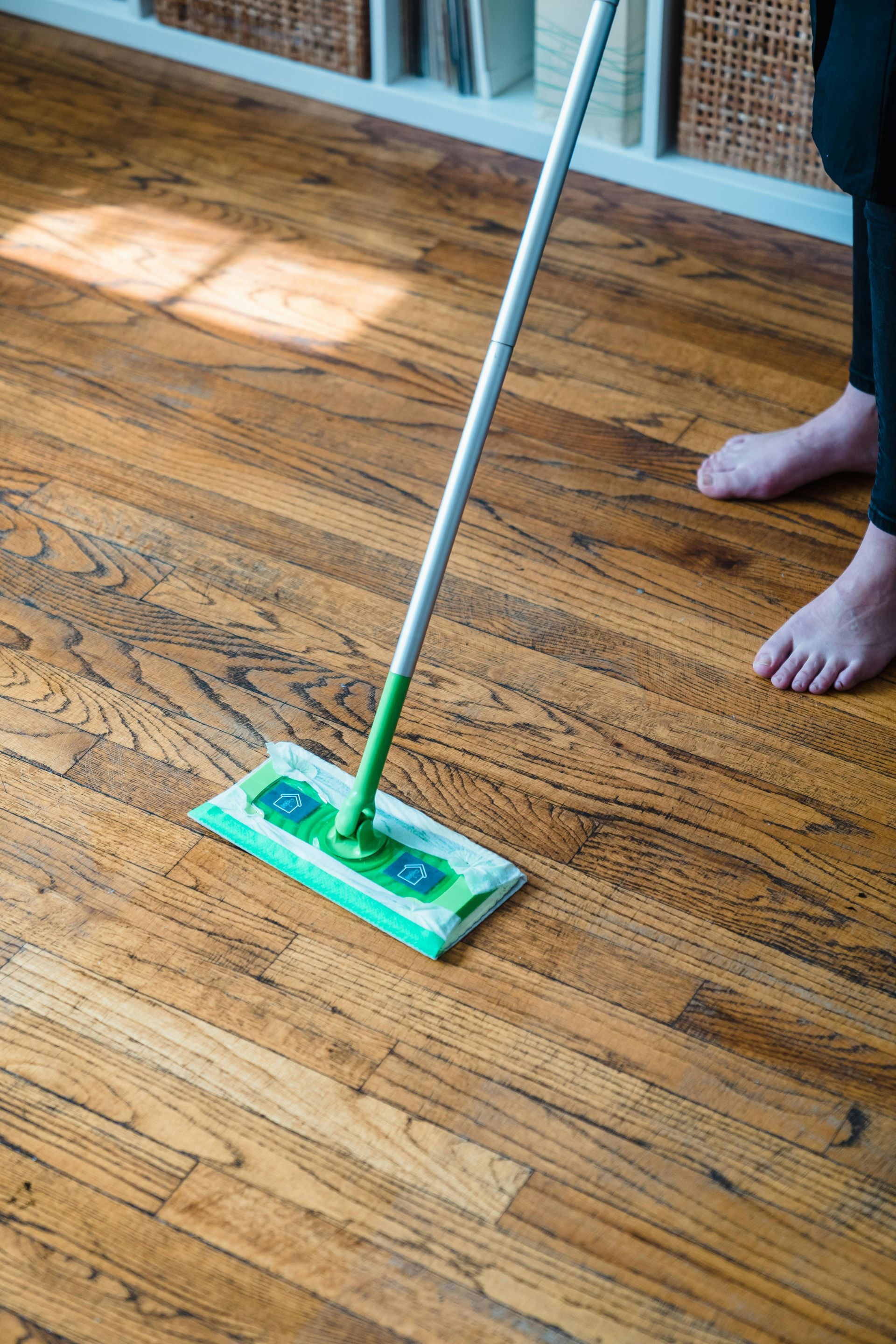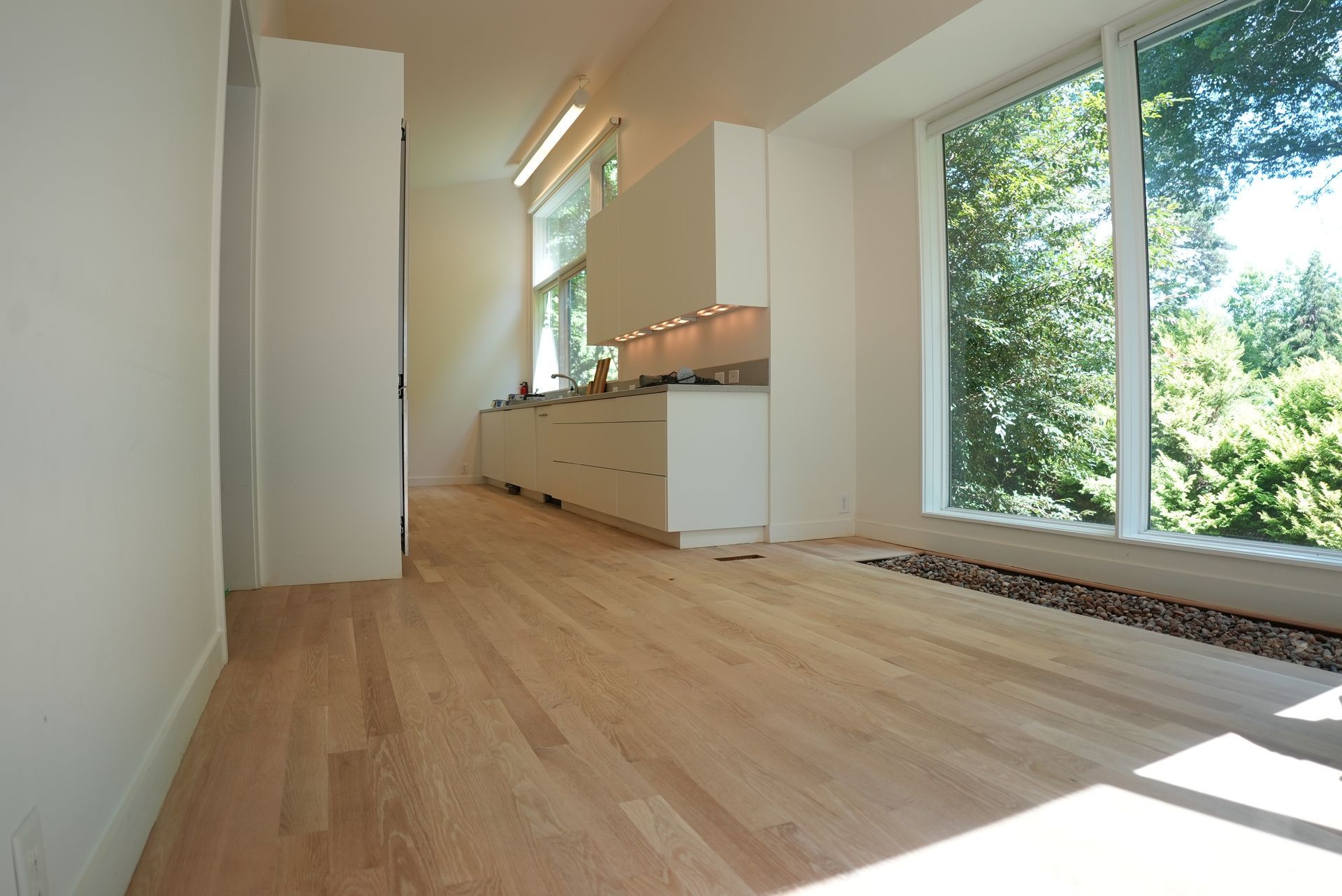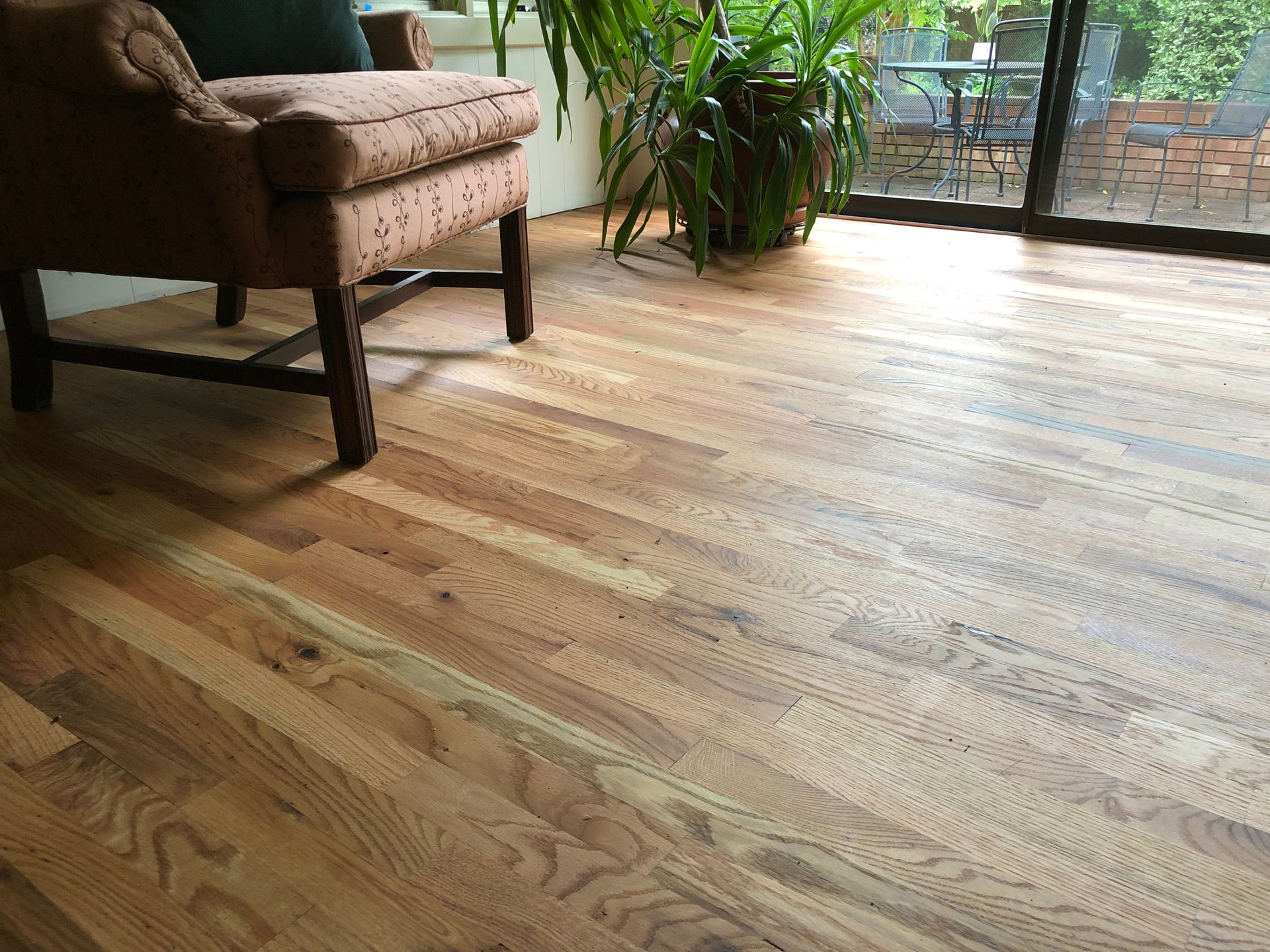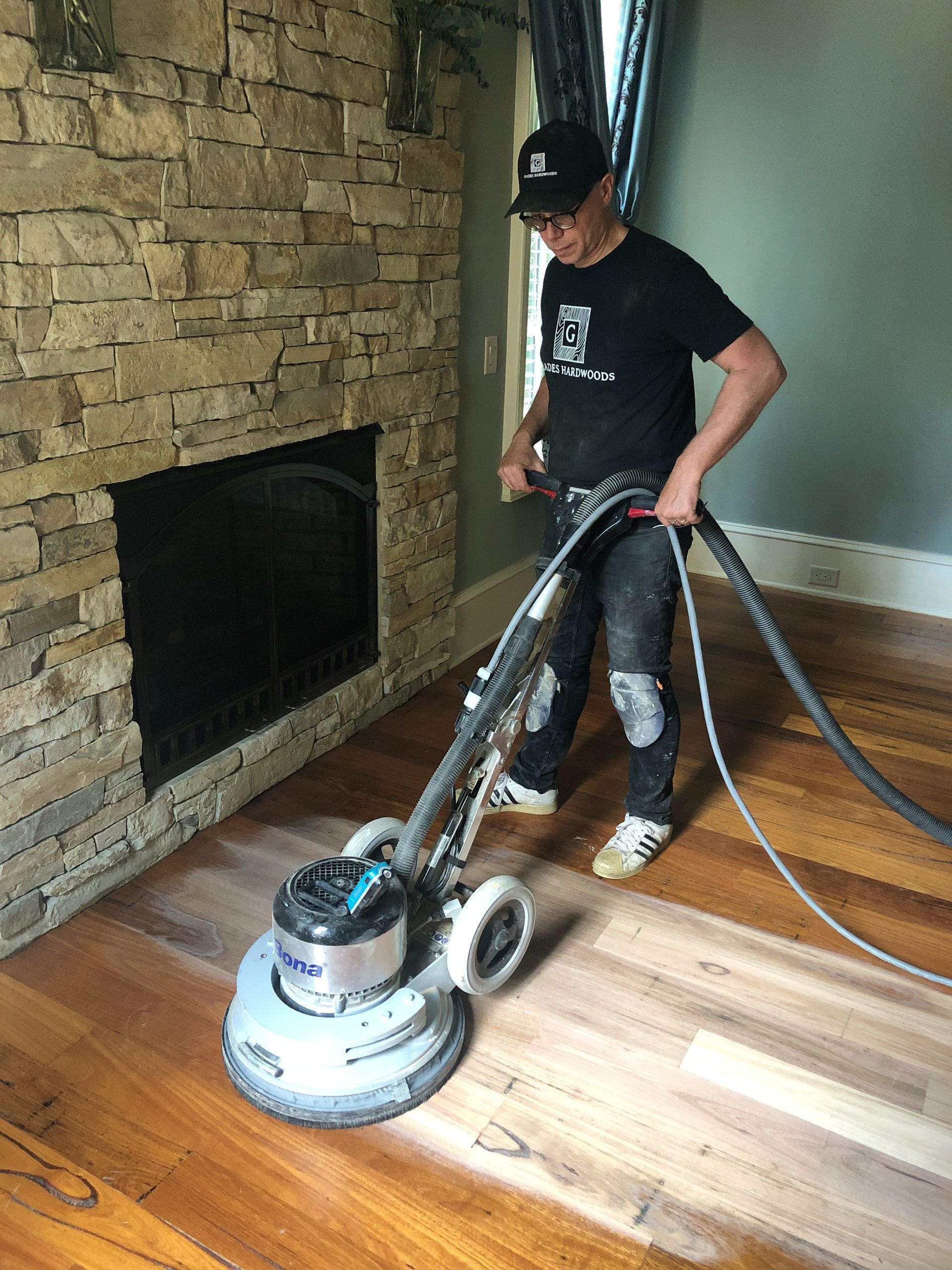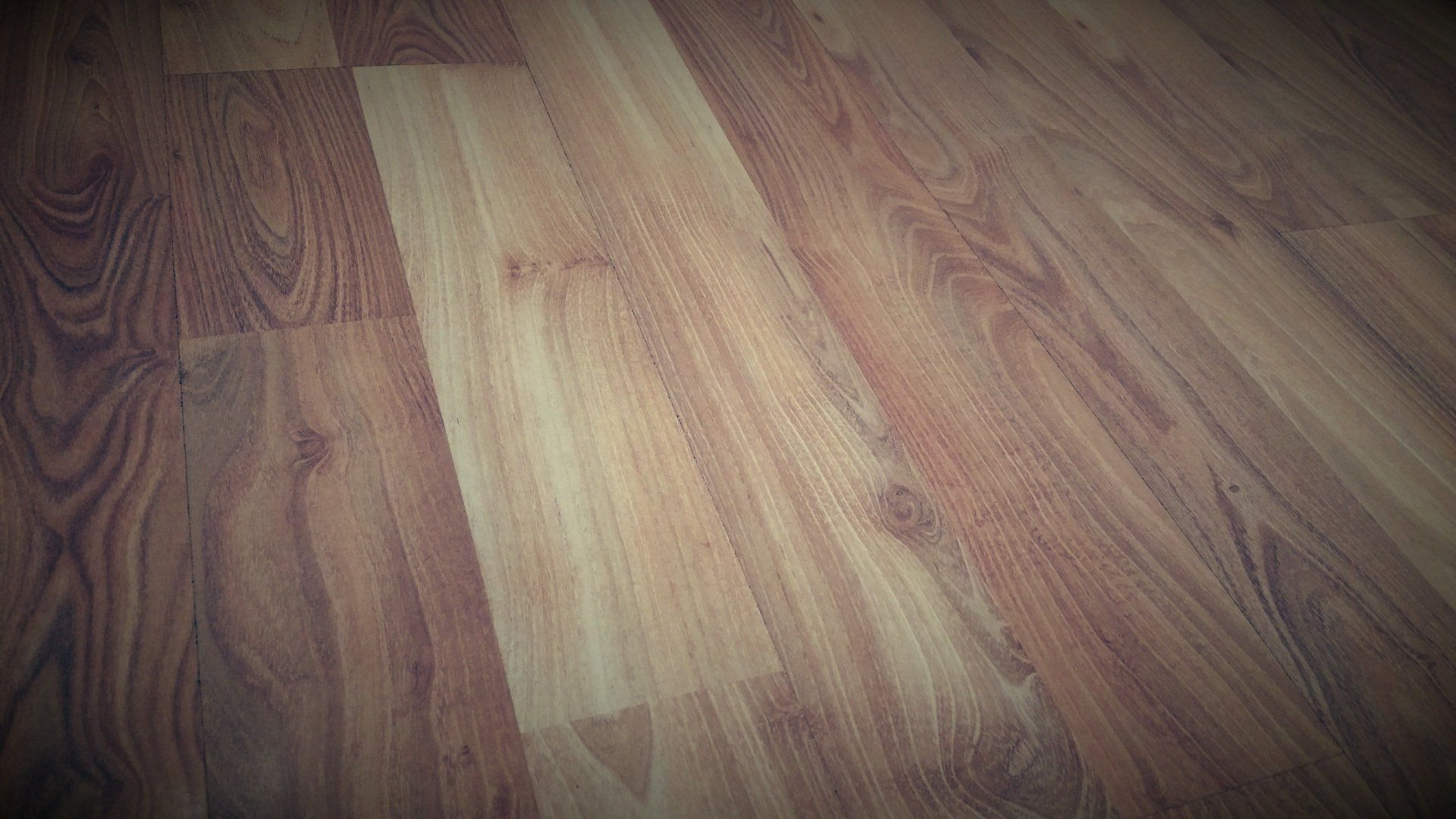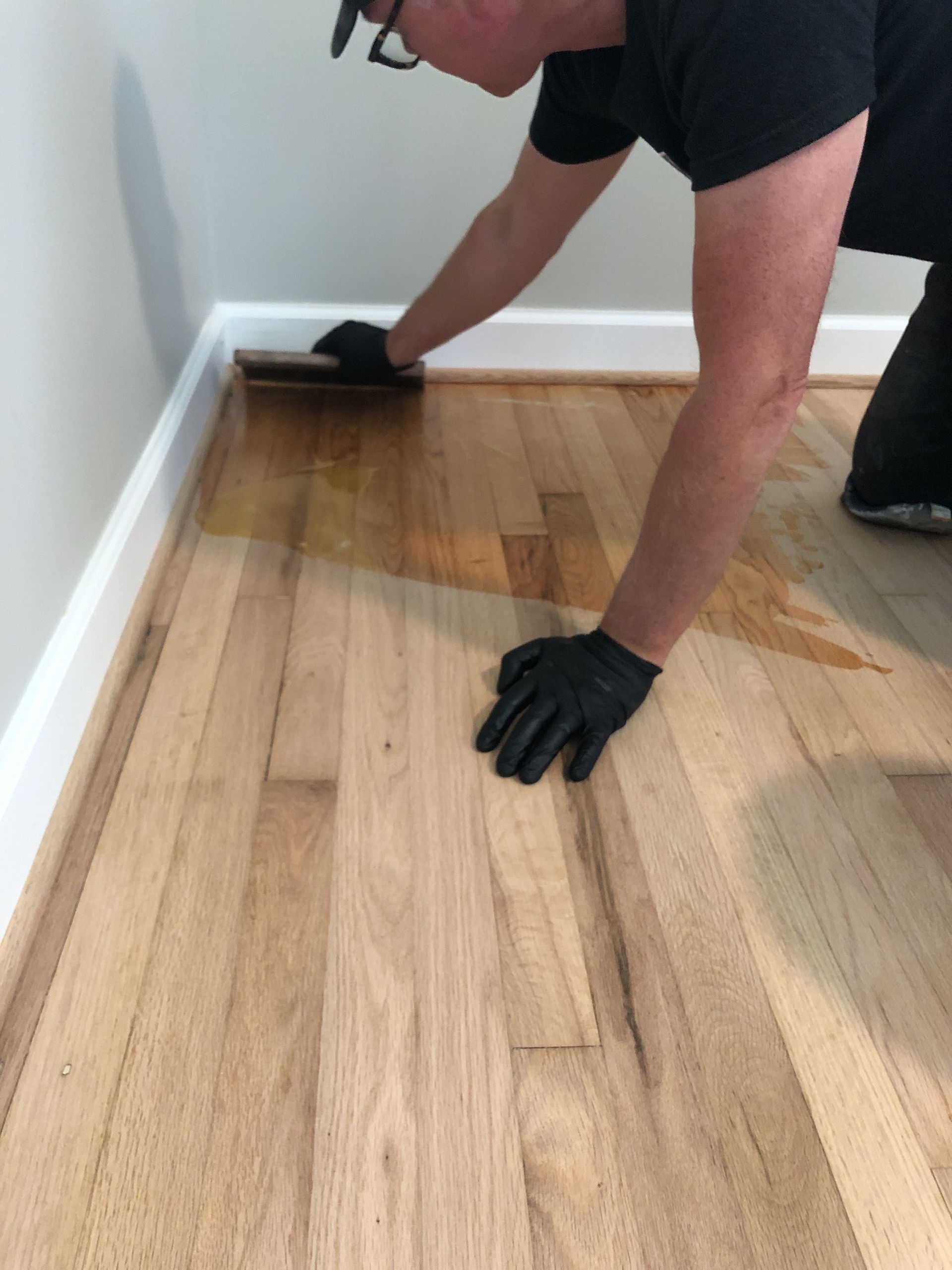The Importance of Filling Gaps, Nail Holes, Gouges, and Other Voids in Hardwood Floors Before Sanding and Refinishing
Refinishing hardwood floors is a meticulous process...
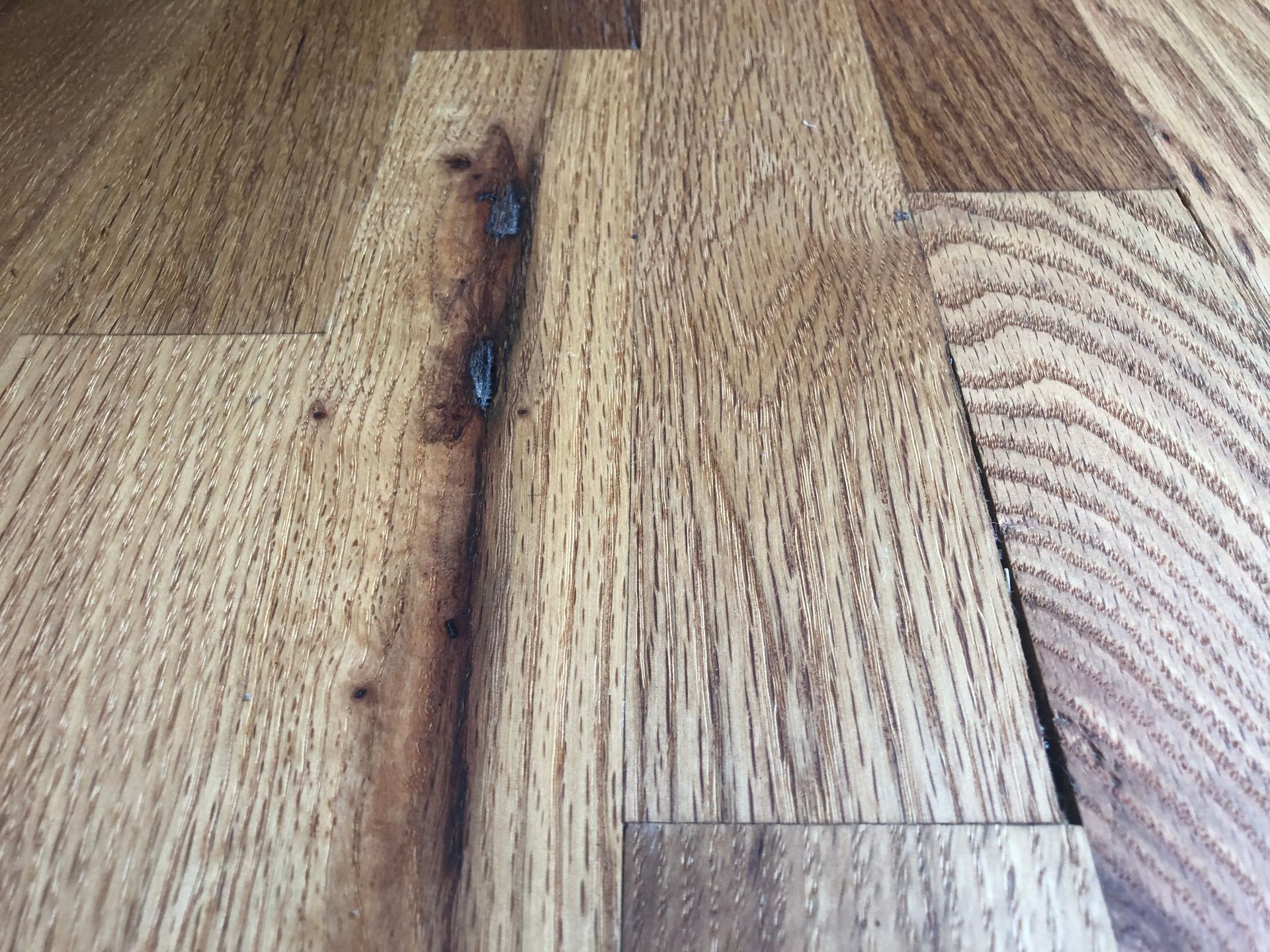
The Importance of Filling Gaps, Nail Holes, Gouges, and Other Voids in Hardwood Floors Before Sanding and Refinishing
Refinishing hardwood floors is a meticulous process that requires careful preparation to ensure the best possible outcome. One critical step often overlooked or underestimated is the filling of gaps, nail holes, gouges, and other voids in the floor. Addressing these imperfections before sanding and refinishing is essential for both the aesthetics and longevity of your hardwood floors. This article will delve into why it is important to fill these voids and how doing so impacts the overall success of hardwood floor refinishing.
Enhancing Aesthetics and Uniformity
One of the primary reasons to fill gaps and voids in hardwood floors before refinishing is to achieve a smooth and uniform surface. Gaps, nail holes, and gouges disrupt the visual continuity of the floor, detracting from its overall appearance. When these imperfections are filled, the floor looks seamless and professionally done, enhancing the beauty of the wood grain and the finish applied.
- Seamless Finish: A filled and even surface allows for a smooth application of the finish, whether it be stain, polyurethane, or natural oil. This seamless finish is particularly important in achieving a high-end look that enhances the overall aesthetic of the room.
- Highlighting Wood Grain: Properly filled gaps ensure that the wood grain is the focal point, rather than unsightly voids. This is especially important for hardwood species with distinctive grain patterns that add character and elegance to the floor.
Preventing Further Damage
Filling gaps and voids in hardwood floors is not just about aesthetics; it also plays a crucial role in maintaining the structural integrity of the floor. Unaddressed gaps and holes can lead to more significant issues over time.
- Moisture Prevention: Gaps and holes can allow moisture to penetrate the floor, leading to swelling, warping, or even mold growth. By filling these voids, you create a barrier that helps protect the wood from moisture-related damage.
- Debris Accumulation: Voids in the floor can collect dirt, dust, and debris, which can be difficult to clean and may cause abrasion and wear over time. Filling these gaps helps keep the floor cleaner and reduces the risk of damage from accumulated debris.
- Structural Integrity: Large gaps and gouges can compromise the structural integrity of the floor, leading to loose boards or further cracking. Filling these voids helps stabilize the floor and prevent future problems.
Facilitating Effective Sanding
Sanding is a critical step in the hardwood floor refinishing process, as it prepares the surface for the application of the finish. However, uneven surfaces with gaps and voids can make sanding less effective and more challenging.
- Even Surface for Sanding: A floor with filled gaps and voids provides a uniform surface that is easier to sand. This ensures that the sanding machine can work efficiently, removing the old finish and smoothing the wood without creating new imperfections.
- Preventing Uneven Sanding: Unfilled gaps can cause the sander to catch or create dips, leading to an uneven surface. Filling these voids ensures that the sander glides smoothly over the floor, resulting in a consistent and level surface.
- Reducing Wear on Sanding Equipment: Sanding over gaps and voids can cause undue wear and tear on sanding equipment. By filling these imperfections, you protect your tools and ensure they perform optimally throughout the refinishing process.
Improving Finish Adherence
The quality of the finish applied to hardwood floors depends significantly on the condition of the surface. Gaps and voids can negatively impact the adhesion and durability of the finish.
- Better Finish Adherence: A smooth, even surface allows the finish to adhere more effectively, providing better protection and longevity. This is particularly important for high-traffic areas where the finish is subjected to more wear and tear.
- Preventing Finish Pooling: Gaps and voids can cause the finish to pool or settle unevenly, resulting in an inconsistent appearance and reduced durability. Filling these voids ensures an even application of the finish, enhancing its performance and visual appeal.
- Enhancing Durability: A properly adhered finish is more durable and resistant to scratches, scuffs, and other damage. By filling gaps and voids, you ensure that the finish forms a strong bond with the wood, extending the life of your refinished floors.
Simplifying Maintenance and Cleaning
Well-maintained hardwood floors are easier to clean and keep in good condition. Filling gaps and voids contributes to simpler and more effective maintenance.
- Easier Cleaning: Gaps and voids can trap dirt and dust, making cleaning more difficult. A smooth, even surface is easier to sweep, vacuum, and mop, helping you maintain a clean and attractive floor with less effort.
- Reducing Risk of Damage: Filled gaps prevent debris from accumulating and causing abrasion, which can damage the finish and the wood itself. This helps keep your floors looking their best for longer.
- Long-term Maintenance: Properly filled and finished floors require less frequent maintenance and refinishing, saving you time and money in the long run. By addressing gaps and voids upfront, you invest in the long-term health and beauty of your hardwood floors.
Filling gaps, nail holes, gouges, and other voids in hardwood floors before sanding and refinishing is a critical step that should not be overlooked. This process enhances the aesthetics of the floor, prevents further damage, facilitates effective sanding, improves finish adherence, and simplifies maintenance and cleaning. By taking the time to properly fill these imperfections, you ensure a smoother, more durable, and visually appealing finish that will stand the test of time. Hardwood floor refinishing is an investment in your home, and meticulous preparation is key to achieving the best possible results.

